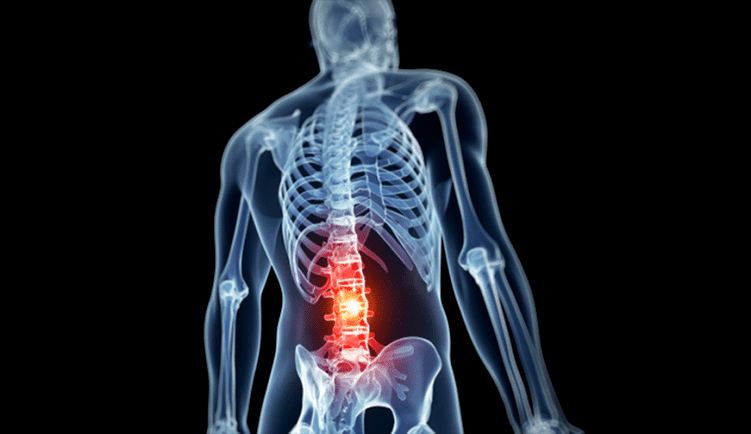
Osteochondrosis is the most serious form of degenerative changes of the spine, which is based on damage to the structure of the intervertebral disc located between the vertebrae. If the symptoms of lumbar osteochondrosis are not recognized as early as possible, then this condition leads to deformation of the bodies of the adjacent vertebrae, the intervertebral joints. Blood vessels and the nervous system are involved in the pathological process.
One of the most common forms of this disease is lumbar osteochondrosis, the symptoms of women and men are very similar. Many adults have repeatedly felt discomfort in the lumbar region, sacrum, legs, which is caused by osteochondrosis and its complications. Among the causes of loss of normal mobility, this disease occupies one of the first places.
The reasons
One of the causes of the disease is bad posture, but there are others:
- Osteochondrosis of the lumbosacral spine, the symptoms and treatment of which cause a lot of discomfort to the patient, most often occurs due to increased load on the spine. Therefore, the disease manifests itself more often in those whose work activities are related to physical work and weight lifting.
- Another factor that provokes the disease is excess weight, which increases the pressure on the spine.
- Lack of exercise and physical inactivity impairs the nutrition of the disc tissue and slows down blood flow and metabolic processes in the spine. The muscular corset is significantly weakened and creates a favorable background for the development of pathological changes.
- Incorrect body position, if the patient likes to sit with a bent spine, the load on the discs and vertebrae is uneven, the discs are deformed and wear out quickly.
- Often, the cause of lumbar osteochondrosis, the symptoms of which cause a lot of discomfort in the patient's life, can be injuries. They occur during sports, exercises performed without proper preparation, improper lifting of heavy weights, injuries during falls.
- Some experts believe that osteochondrosis is predetermined even at the level of genetics, regardless of which class degenerative changes were observed.
- The age of the patient also has a special influence: over the years, the segments of the spinal column lose their mobility and flexibility, and are therefore exposed to destruction and deformation. Previously, osteochondrosis of the lumbar spine, the symptoms of which are quite unpleasant, was considered a disease of the elderly, but today it occurs in young people aged 25-30.
- A predisposing factor can be some pathologies accompanied by inflammation of the joints of the spine or changes in its structure and shape: ankylosing spondylitis, arthritis, scoliosis, disc instability.
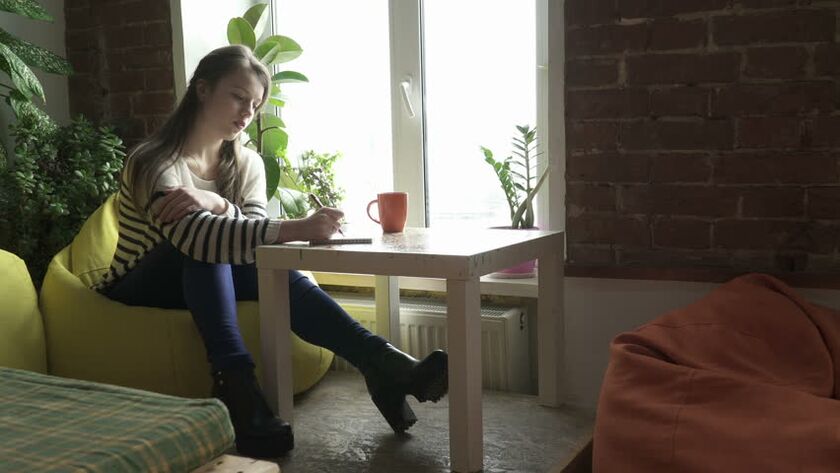
In rare cases, osteochondrosis can be caused by:
- hypothermia;
- tension;
- malnutrition;
- violation of the order of work and rest;
- poor environmental conditions.
At the first appearance of discomfort in the lumbar region, it is better to consult a doctor.
Classification according to degrees of osteochondrosis
The classification of osteochondrosis by degrees is used to systematically characterize the clinical manifestations of the disease. The classification makes it possible to describe the symptoms of lumbar osteochondrosis and to determine exactly when the patient began to be disturbed by pain:
- The first degree occurs when the disc ruptures, which is triggered by sudden movements. It manifests itself in the form of strong, sudden pain, there is a feeling in the spine that a person has received a shock, the muscles tense up reflexively.
- The second degree of symptoms is similar to intervertebral protrusion and instability of the spine. The pain is aggravated by physical activity. Constantly alternating exacerbations and remissions. If osteochondrosis occurs in the neck region, the pain intensifies when a person stays in one position for a long time, frequent headaches, discomfort in the arms and shoulders, and fatigue in the lower limbs.
- The third degree manifests itself in the symptoms of a herniated disc: numbness of the limbs, changes in posture and gait, headache and discomfort along the affected nerve. The symptoms may resemble kidney disease, gastrointestinal tract, and disorders of the reproductive system.
- The fourth degree begins with the fact that the hernia does not make itself felt, the manifestations may weaken, but the symptoms of instability of the spinal trunk and twisting of the vertebrae still exist. In addition, growths of the vertebral bodies may appear, which often compress the spinal nerves or block the canal, compressing the brain with its back. This rate can be attributed to the consequences of the operation, if the hernia was surgically removed.
Osteochondrosis of the lumbar spine, the symptoms of which cause a lot of discomfort, is a rather unpleasant disease. It requires urgent complex treatment and constant monitoring by a specialist.
Symptoms of pathology
Depending on the symptoms, the treatment of lumbar osteochondrosis can be different. This is due to the fact that the disease affects the nervous system, so problems often occur in different parts of the body that are not related to the back in any way.
In the early stages of the disease, pain may appear after heavy physical exertion or long stay in one position, for example, a person often sits in front of a computer. As the disease progresses, the pain becomes chronic. If the pain syndrome does not occur, then there may be discomfort in its place, which interferes with normal life. The complex of symptoms can be as follows:
- pain in the lumbar region, which often radiates to the buttocks or legs;
- spasms in the muscles when staying in a static position for a long time;
- constant tension of the back muscles;
- shooting in the back, which most often occur when a person has been in the cold for a long time;
- sensory disturbances in the lower part of the patient's body;
- numbness of the legs, frequent tingling in the fingers;
- coldness of the feet;
- sweating dysfunction;
- dry skin in the area where the pain appears.
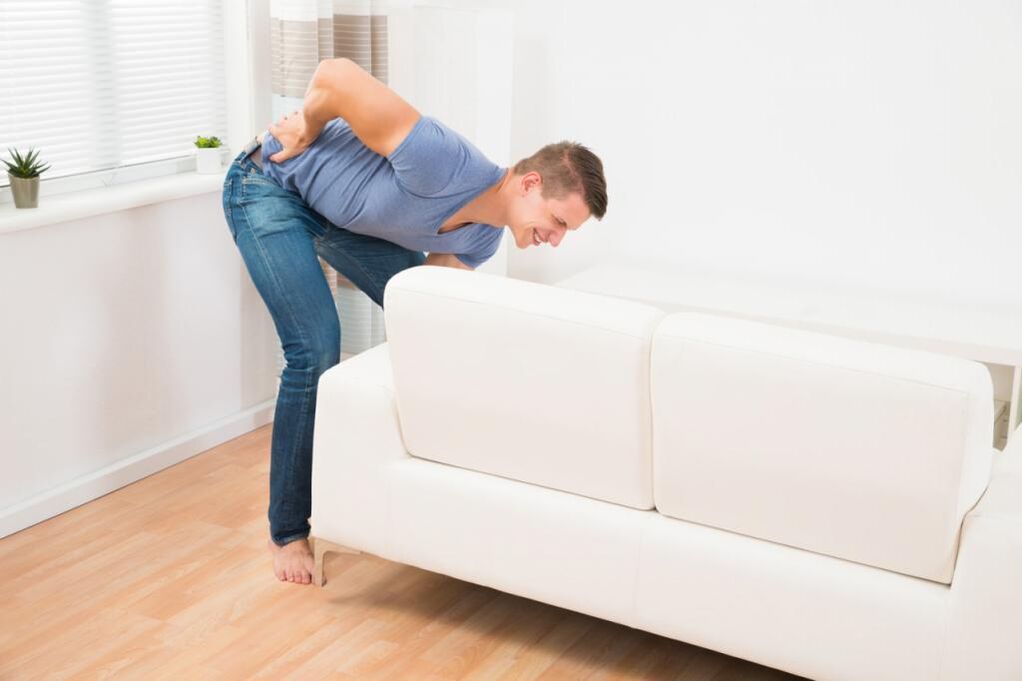
Symptoms of osteochondrosis of the lumbar spine can worsen if measures are not taken to cure the patient or if one of the provoking factors intensifies. In this case, the pain syndrome passes to the lower limbs. A person tries to find the most optimal position in order to relieve his condition and not feel the unpleasant discomfort caused by the disease.
Diagnostic methods
Initially, before starting the diagnosis, the doctor must collect the patient's anamnesis, carefully examine and evaluate the patient's state of health. In addition, instrumental test methods may be required.
A complete anamnesis allows the doctor to suggest what causes the symptoms of osteochondrosis of the lumbosacral spine, as well as assess the risks of its occurrence. Examination of the patient includes palpation of painful areas, percussion instruments, external examination of the skin. In some patients, the doctor may test sensitivity with acupuncture.
Based on the data collected by the doctor, the patient must undergo further instrumental tests to confirm the diagnosis and determine the involvement of the spine and other organs. He recommends the following to the patient:
- radiography;
- MRI;
- CT.
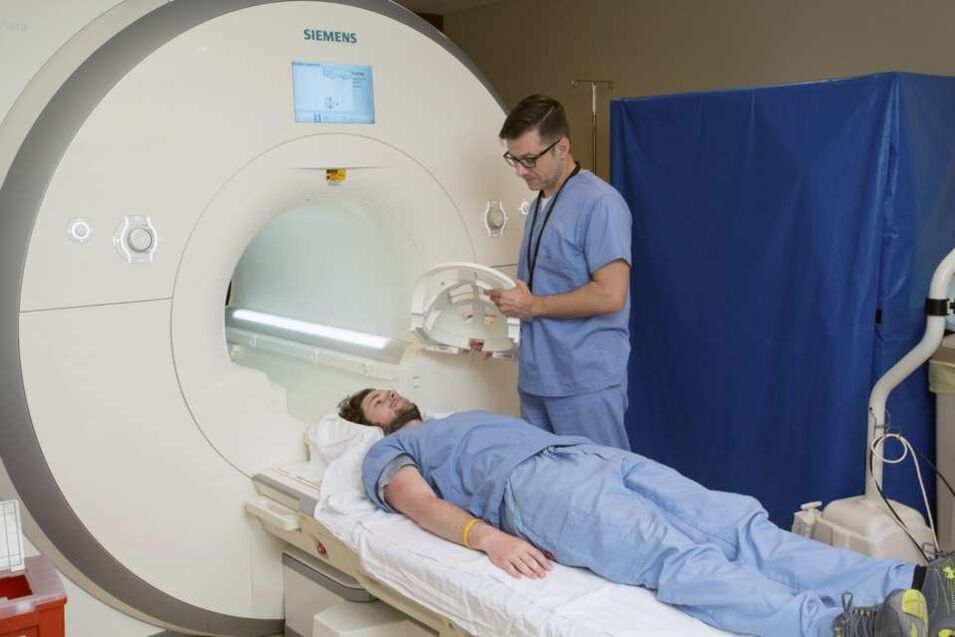
All these diagnostic methods help to determine certain characteristics of the development of the disease. MRI is considered the most informative, and all because other methods only take a picture of the human body in a few projections and do not allow a closer examination of the whole problem.
The treatment of lumbar osteochondrosis, the symptoms of which begin to bother a person, is selected by a doctor. Establishing a diagnosis and determining the course of therapy is impossible only with an external examination, it is important to conduct a comprehensive examination and prevent complications.
Treatment of osteochondrosis of the lower back
A complete cure of osteochondrosis is impossible. Good results can be achieved if the patient suffers from stage 1 and stage 2 disease. But in any case, long-term treatment of osteochondrosis of the lumbosacral region will be necessary, since the symptoms are intolerable, so strong and unpleasant. Therapy is aimed at:
- reduces the intensity of pain in the lumbosacral region;
- eliminates muscle tension that does not allow a person to relax;
- strengthens the muscles of the back, buttocks and lower limbs;
- normalizes blood flow and metabolic processes in the affected area;
- eliminates the inflammatory process;
- restores the normal range of motion in the lumbar region and increases the sensitivity of the legs;
- improves the functioning of the organs of the reproductive and excretory system.
Among the drugs, the doctor prefers the following:
- I definitely recommend painkillers. Painkillers help relieve pain, but they cannot eliminate the causes of the disease.
- To remove swelling and radicular pain, NSAIDs are used, and in severe cases, steroid-based drugs are used to relieve the symptoms of osteochondrosis of the lumbar spine in women and men. Their action is aimed at reducing and eliminating inflammation.
- Paravertebral blocks are used for local anesthesia. The drug is administered along the lumbar region. It is more often recommended for those suffering from 3-4 degrees of disease.
- Muscle relaxants are recommended to eliminate spasmodic muscle contractions.
- Chondroprotectors improve metabolic processes in cartilage tissue, stimulate regeneration processes and significantly slow down their deformation.
- Group B vitamins improve cell metabolism, reduce inflammation and help remove excess fluid from the body.
- Diuretics help eliminate swelling.
- Immunostimulants increase the activity of the immune system and improve the body's defenses.
- Devices that improve blood flow in the area affected by the disease, which are administered intravenously.
Complementary therapies
The doctor can also recommend physiotherapy methods. Medicines for the treatment of osteochondrosis of the lumbar sacral region alone, the symptoms of which cause pain to the patient, will not be enough. In order to eliminate pain and relieve muscle spasm, the following physiotherapy procedures are recommended to improve metabolic processes:
- amplipulse;
- electrophoresis;
- diadynamic currents;
- magnetic resonance therapy;
- magnetotherapy;
- laser treatment.
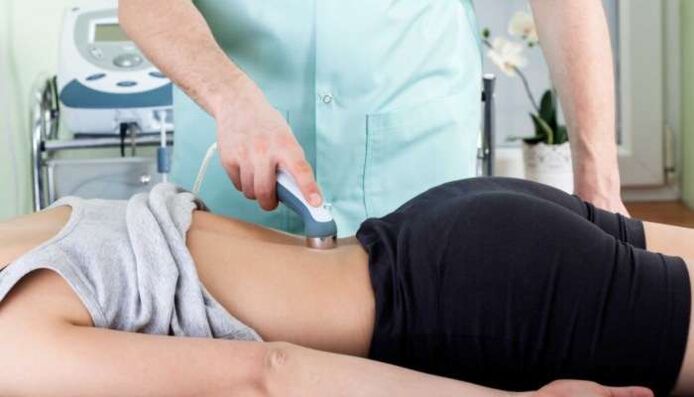
Therapeutic gymnastics will also not be superfluous, because with its help you can not only remove the pain syndrome, but also strengthen and relax the back muscles. Physical exercises can be performed not only during the period of exacerbation of the pathology, but also during recovery. Massage and reflexology give excellent results.
Surgery
In some patients with stage 4 disease, surgery is recommended. This measure is used in cases where drug treatment does not give the desired result, in case of severe neurological and motor disorders, as well as the appearance of a hernia. During the operation, disc herniations are removed, then plastic surgery is performed, and displaced vertebrae are reliably strengthened.
Folk treatment methods
The symptoms of osteochondrosis of the lumbar spine in men are not much different from those observed in women. Therapeutic measures are selected individually for each patient, depending on the stage of the disease. In addition to traditional treatment methods, traditional medicine can be recommended. The patient must coordinate all his activities with the doctor. The following herbal preparations have yielded good results in complex treatment:
- To prepare an ointment to improve blood circulation in the affected area, take five red peppers and 1/2 cup of kerosene and vegetable oil. After administering the therapeutic infusion, the painful areas should be smeared at night. Place a dry woolen compress on top of the treated area.
- Mix equal amounts of butter and hop cones, this preparation is applied to the lumbar region when there is no strength to bear the pain and discomfort.
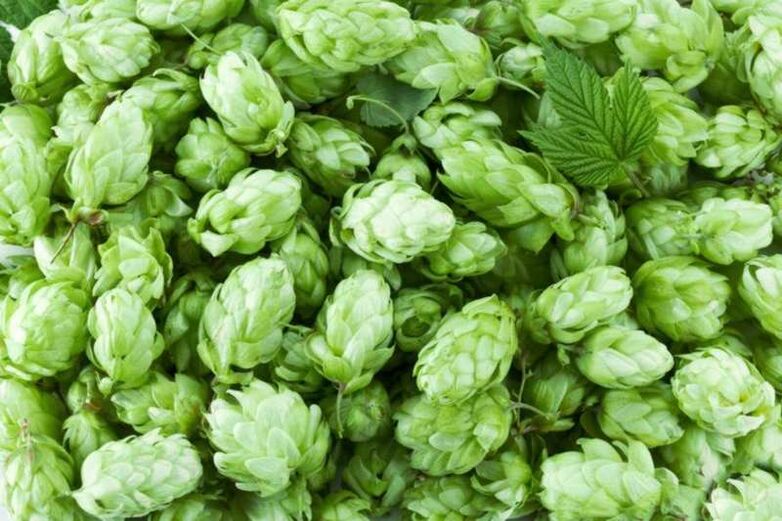
Folk remedies show good results in the early stages of treating osteochondrosis of the lumbar spine, the symptoms of this pathology gradually disappear. It is better to use such recipes immediately after the first signs of the disease appear.
Consequences of the disease
The symptoms of lumbar osteochondrosis in men and women cause serious discomfort, the person cannot sit normally, sleep well and constantly feel discomfort. If timely measures are not taken at the first manifestations of the disease, then osteochondrosis can lead to serious complications in the form of inflammation of the sciatic nerve. This disease is characterized by severe pain in the lower back and legs, and possibly numbness in the limbs. To alleviate the pain, many patients walk and lean on the healthy side, but this position only aggravates the disease: the degree of curvature of the spine increases, and the process of disc destruction accelerates.
The most dangerous complication is the instability of the vertebrae. The intervertebral discs cannot cope with the function of fixing the vertebrae, and the lumbar region begins to slide off the sacrum under heavy load. This condition can lead to disruption of internal organ systems. Inflammation of the uterus and appendages may occur in women, and potency problems in men.
Preventive measures
You can prevent the disease by using the following methods:
- eliminates the heavy load on the lower back;
- strengthen back muscles;
- maintaining correct posture;
- strengthen the spine with regular physical activity;
- adhere to proper nutrition;
- regulates rest;
- treat back pain in time.

Only a timely visit to the doctor and comprehensive treatment will give you the opportunity to prevent complications and return to your previous lifestyle.















































